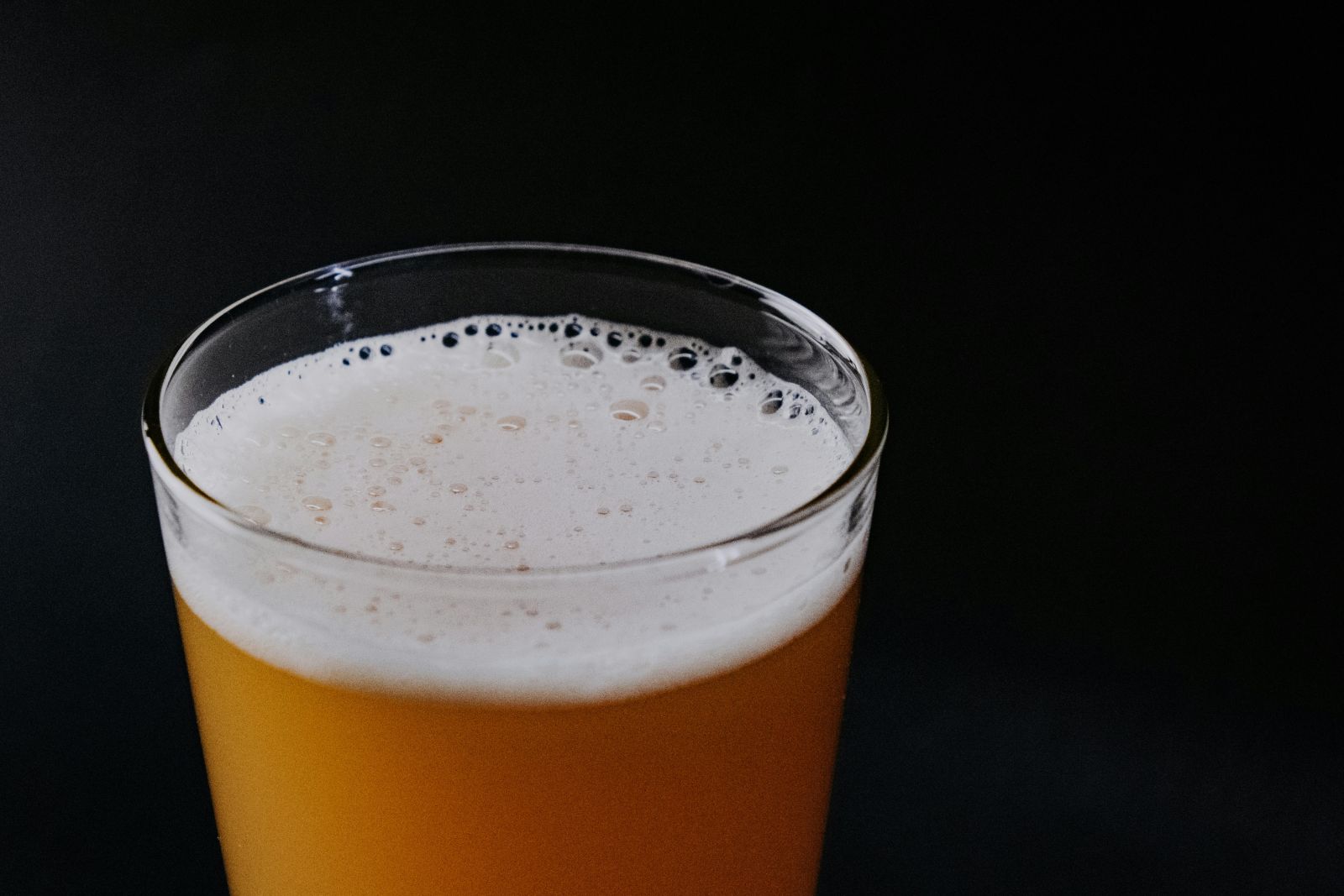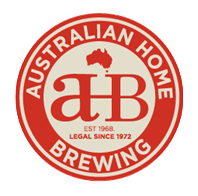Home Brewing for Beginners: How to brew beer at home - ultimate guide to Home Brewing * (2025 Update)
Start brewing beer at home with our step-by-step beginner’s guide. Learn the equipment, process, and tips to make your first homebrew a success.
Introduction to Homebrewing
If you’ve ever wondered how to homebrew beer, you’re not alone. More people than ever are turning to home brewing as a fun, creative, and even cost-effective hobby. Whether you're aiming to recreate your favourite IPA or stout brewing your own beer at home is easier than you think.
Why Homebrewing is More Popular Than Ever
In 2025, homebrewing is really booming. The reasons? There are many; DIY culture is still thriving, and of course the cost of living ( & some very high beer taxes) have made craft beers more expensive than ever. Learning how to make home brew beer gives you the freedom to experiment while saving money in the long run.
Basic Overview: How Do You Brew Beer at Home?
Homebrewing follows a basic five-step process:
- Sanitize all equipment.( use brewsanitiser)
- Brew your wort (the liquid base of beer).
- Cool and pitch the yeast.
- Ferment the mixture over days or weeks.
- Bottle and carbonate before letting it sit in bottle for a while.

Homebrewing Equipment Checklist
Essential Brewing Tools
Here’s what you’ll need to brew a basic 23 L brew:
Choosing the Right Ingredients
Water: The Unsung Hero
Since beer is over 90% water, use cleanwater to avoid off-flavours.
Malt: The Body of the Beer
You can use malt extract for beginners or malted grains for all-grain brewing.Our recipe kits contain both options, starting out we recommend Extract brewing.
Hops: Adding Bitterness & Aroma
Different hops affect flavour profiles— check out each hop profile
Yeast: The Fermentation Powerhouse
Choose yeast strains based on the beer style you love. Ale yeast ferments at higher temps, while lager yeast prefers cold.
Step-by-Step Process: How to Make Home Brew Beer
Step 1: Gather Your Gear
Start by collecting the basics: a fermenter, thermometer, hydrometer, and sanitizer. For convenience, beginner-friendly homebrewing starter kits are a great way to get everything in one box.
Step 2: Mixing and Boiling
Mix your malt with warm water, then boil the wort ( generally on stove top ) . Add hops at different stages based on your recipe to build flavour and aroma. Follow the instructions in your kit closely for best results. All our recipes have instructions inside .
Step 3: Fermenting
Cool the wort, transfer it to your fermenter, and top up with cold tap water. Once it's at the right temperature, add the yeast. Let it ferment in a cool, dark place for 1–3 weeks, depending on the style.
Step 4: Bottling
After fermentation is done make sure to sanitize your bottles. Add carbonation drops if bottling, seal, and let the beer condition for around 3 weeks.
Step 5: Storing and Aging
Store in a cool, dark place. Most beers taste better after aging for a few weeks.
Common homebrewing mistakes to avoid
- Skipping sanitization
- Using the wrong yeast strain
- Not taking hydrometer readings
- Poor temperature control
- Rushing the fermentation (not being Patient)
Avoiding these mistakes for your own beers sake!!!
How do you make homebrew without a Kit?
You don’t need a kit—just buy ingredients and follow the same brewing steps. You can source equipment and ingredients individually and build it as you grow your interest in brewing.
Legal and Safety Considerations for Brewing at Home
Homebrewing is legal in small quantities for personal use. Some areas of Australia are Dry areas so make sure to check local laws and never sell without a license. Ensure your bottles are properly sanitized to avoid explosions.
Cost of Brewing Beer at Home
Budget Breakdown
|
Item |
Estimated Cost |
|
Basic Equipment |
$100–$150 |
|
Ingredients (per batch) |
$30–$50 |
|
Bottles |
$20 (reusable) |
Is Homebrewing Cheaper Than Buying Beer?
Absolutely—especially if you brew regularly and reuse bottles. The average homebrewed beer costs $0.50–$1.40 per bottle.
FAQs – How to Homebrew Beer
1. How do I brew my own beer from scratch?
By following basic steps: sanitize, brew, ferment, bottle, and enjoy.
2. Can I make homebrew beer without a kit?
Yes, you can buy ingredients and equipment individually.
3. How long does it take to brew beer at home?
Roughly 4–6 weeks from brew day to drinking.
4. Do I need special equipment?
A few basic tools are needed, but you can upgrade over time.
5. Is it legal to homebrew beer?
Yes, but don’t sell it without a licence
